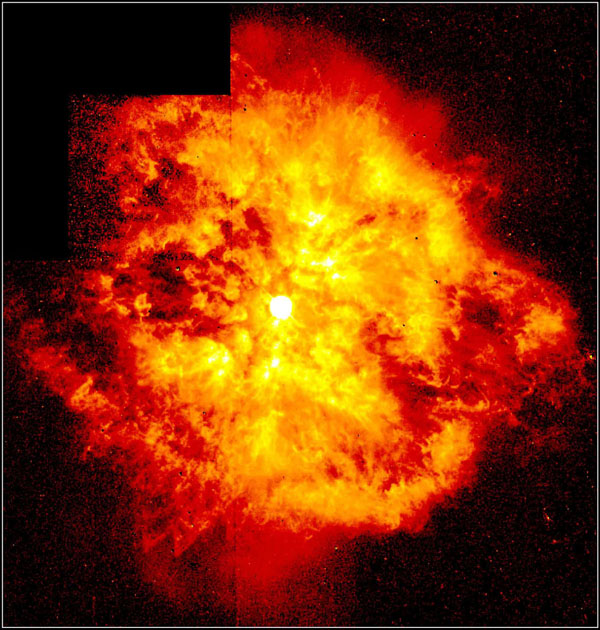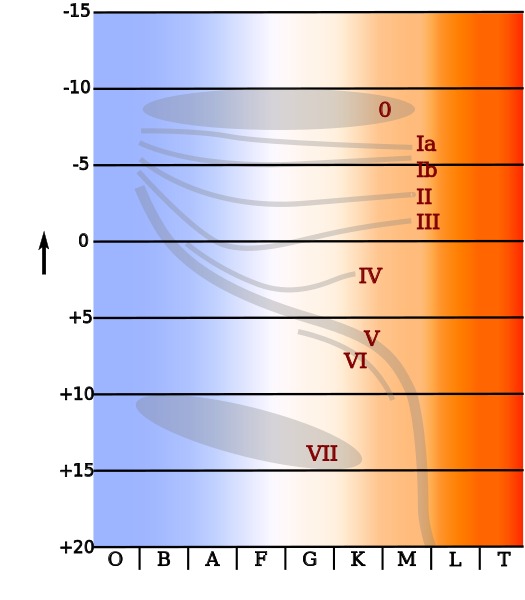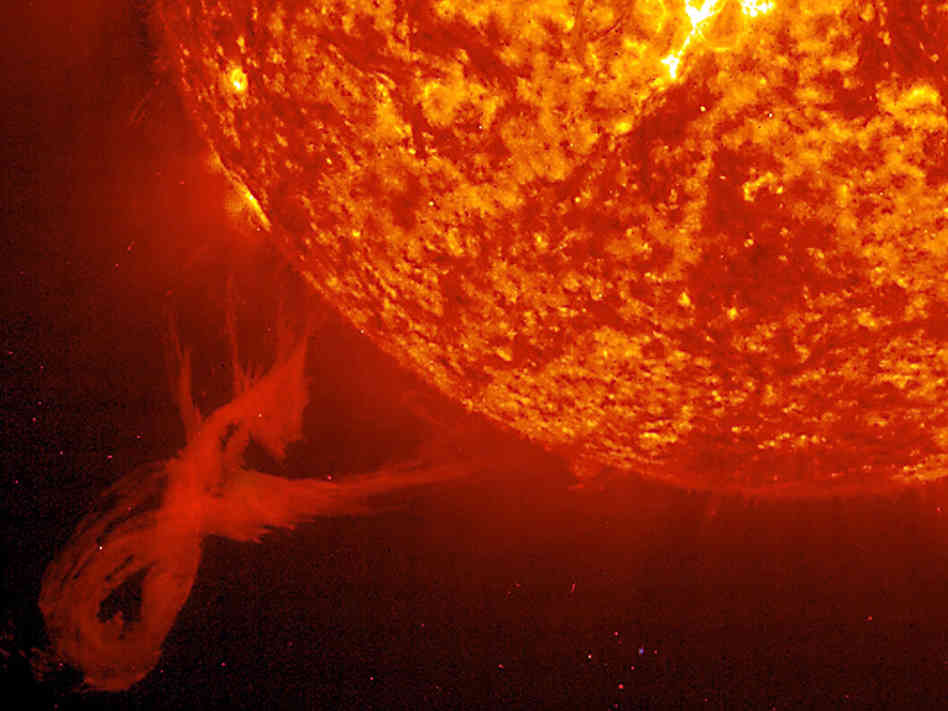Massive stars can manufacture heavier elements because of its extremely high core density and temperature. These stars go through a mass losing phase as soon as core hydrogen burning stops and finally explodes as supernova. Supernova is classified into two types TYPE I and TYPE II. Type I occurs in a binary system and is not a part of the stellar evolution. It is caused by the interaction of the pair of stars. Type II supernova occurs at the end of the stars life and happens to isolated massive stars.
Type II Supernova
Due to extremely high density and temperature a series of onion like burning is possible in the massive star. Inside of this structure, a hydrogen burning shell, then a helium burning shell, then carbon, then oxygen, neon, magnesium and silicon shell can be expected. Iron is at the core. In the core, temperature, density and pressure become high enough that the iron begins to fuse. But iron is special. It is the lightest element for which fusion absorbs energy rather than releasing it. Once the iron ignites, the gas will cool, because the Fe burning takes heat from the core. As the temperature falls, so does the pressure and the core begins to collapse. The collapsing core drives the temperature. Thus the temperature increases to . At this temperature the photons have enough energy to destroy the atoms in a process called photo-dissociation. All the atoms, elements in the core (Fe, O, C, Si, He, H, … … ) are destroyed. The core is now composed of protons, neutrons, electrons and photons. As the core collapses, density rises. When the density reaches
, the protons and the electrons become fused into neutrons and neutrinos.
.
In this way, core contains only neutrons (no charge core). The core density surpasses . The neutrons become degenerate. As core collapses, the momentum of infalling material increases. These materials overshoots the degenerate density. In this way, core density rises to
. The infalling materials rebounds from the dense degenerate core. This rebound produces shock waves. The shock wave travels outwards at high speed. These waves carry material from the envelop away from the star. In other words, the star explodes.
The entire process, from start to collapse to rebound, takes less than one second. For a few days, the supernova appears as bright as a whole galaxy of billions of stars.
Type I supernova
An evolved binary star system, in which the white dwarf star is re-accreting mass, ignites all of the carbon at once, producing an explosion of the supernova brightness.






